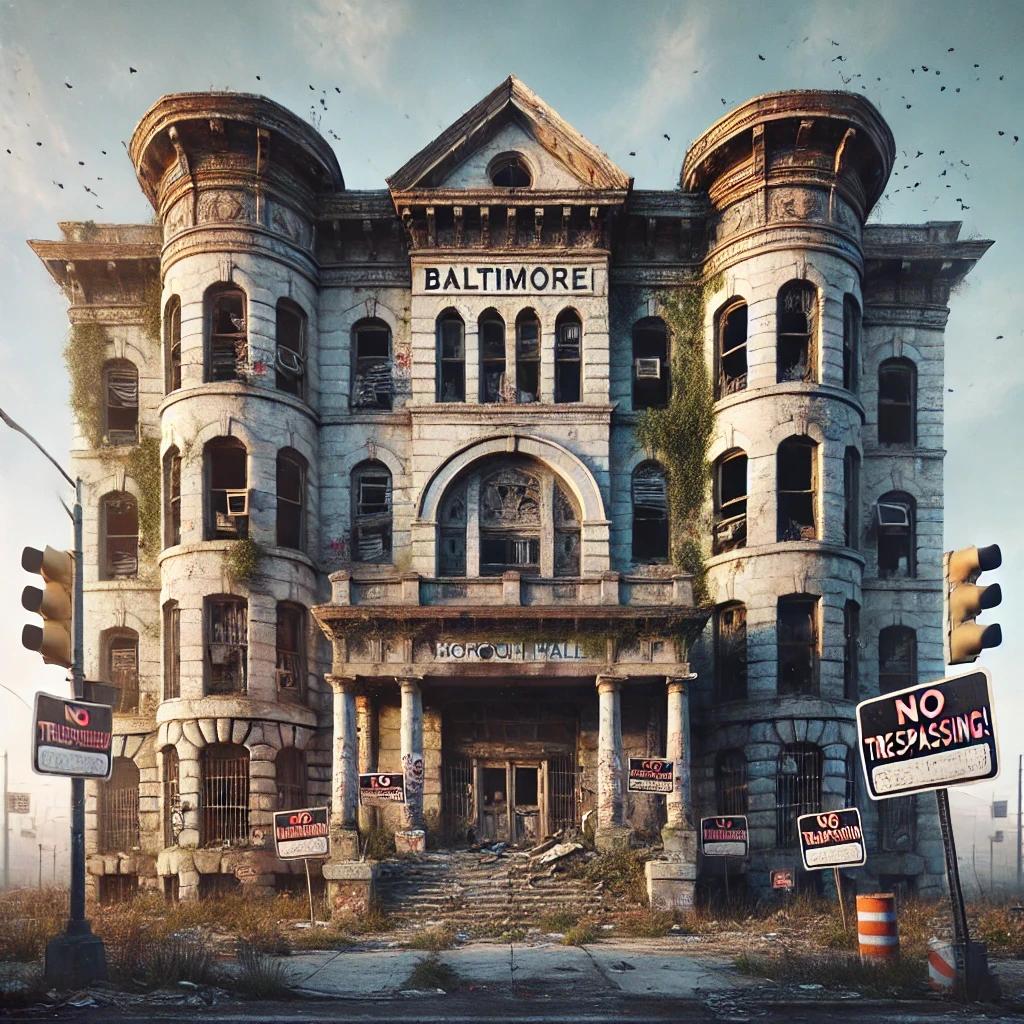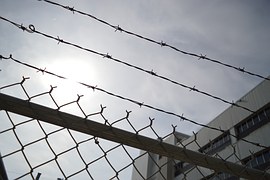Is The Failure to Leave a Public Building Considered Trespassing?

One does not have to have a law degree to have an understanding that “Public”, generally, means anyone can be there. Baltimore’s longest practicing criminal defense attorneys also know the Failure to Leave a Public Building Is Considered Trespassing- or can be. Those seasoned lawyers can also provide guidance on when does the public NOT have a right to be in a public place in Baltimore?
The Most Commonly Trespassed Public Buildings in Baltimore
Baltimore, with its rich history and industrial legacy, is home to numerous abandoned and decaying public buildings that often attract trespassers. These structures, despite their derelict state, offer a glimpse into the city’s past, becoming hotspots for urban explorers, photographers, and even vandals. Among the most commonly trespassed sites are old schools, hospitals, and government facilities, each carrying its own allure and risks.
Abandoned Schools
Baltimore’s school system has seen closures over the years, leaving behind vacant buildings that become targets for trespassers. Structures like the former Eutaw Place School and other shuttered educational facilities are often breached by urban explorers seeking to document the decay. These buildings, with their crumbling classrooms and graffiti-covered walls, evoke a haunting atmosphere that attracts thrill-seekers. However, deteriorating floors and ceilings make these sites extremely dangerous.
Old Hospitals
Defunct medical facilities, such as the abandoned parts of Rosewood Center, are magnets for trespassers. These buildings are often shrouded in mystery and urban legends, drawing curiosity seekers. The eerie ambiance of empty patient rooms and medical equipment left behind makes these sites especially popular among ghost hunters. Yet, the presence of hazardous materials like asbestos and structural instability pose serious health and safety risks.
Historic Industrial Buildings
Baltimore’s industrial past has left a legacy of sprawling warehouses and factories, many of which now stand vacant. Sites like the abandoned American Ice Company building have become hotspots for graffiti artists and urban adventurers. These industrial sites often feature massive interiors with rusted machinery and broken glass, making them both fascinating and hazardous.
Government and Public Service Buildings
Old courthouses, post offices, and fire stations are also frequently trespassed. These buildings often retain remnants of their former operations, offering a glimpse into Baltimore’s civic history. However, their decay, combined with inadequate security measures, makes them vulnerable to unauthorized entry.
Risks and Legal Implications- Baltimore Trespassing

After hours, one must leave a public building if a guard gives that instruction, and the person has no lawful reason to be present. During business hours, a person without lawful business must leave if a guard or government official tells them to, or the person is being disruptive. Knowledgeable criminal defense lawyers in Baltimore like Attorney Eric T. Kirk MD understand that whereas verbal notice to stay off private property need only be give once, and is good for all time. Notice to leave public property is effective for only the occasion in issue. Johnson v. State, 356 MD 498.
Baltimore’s abandoned public buildings may intrigue those with a sense of adventure, but the legal and physical risks should not be underestimated. Efforts to repurpose or secure these sites are ongoing, aiming to preserve history while reducing the hazards of trespassing.Trespassing on these properties is illegal and comes with significant risks. “No Trespassing” signs are prominently displayed on many of these buildings, and violators can face fines or arrest. Moreover, the unstable conditions of these structures pose serious dangers, including falling debris and exposure to toxic substances.



